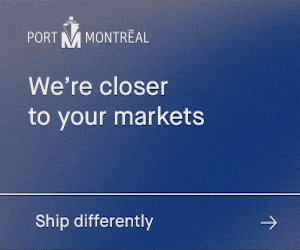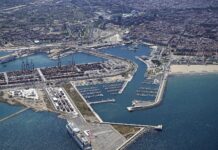
The removal of the Consortia Block Exemption Regulation (CBER), while providing a threshold of 30% to continue operating alliances, leaves liner operators vulnerable to gaps in the interpretation of the rules.
Lars Jensen, founding CEO of liner shipping consultancy Vespucci Maritime, made this opinion in his latest commentary for the Baltic Exchange.
He said, “The abolition of CBER will not prohibit the use of consortia. What is shrouded in uncertainty is the legal framework as the ruling from the EU reveals a significant discrepancy in the interpretation of the rules.”
CBER applies to consortia with a market share below 30%, meaning that a consortium did not unduly restrict competition as long as its market share was below 30%.
This made it perfectly legal for a consortium to also have a market share above 30% provided it did not unduly restrict competition, although it might be subjected to an investigation into whether you are unduly restricting competition.
Jensen noted, “The odd part is that the working document underlying the ruling states that 30 out of the 43 consortia have a market share in excess of 30%, and hence these 30 consortia were not covered by CBER. Legally, nothing has therefore changed for them. But it begs the question, why carriers were lobbying to keep a regulation they were not covered by and why shippers would lobby for the CBER to go away to create a more competitive environment if this regulation already did not apply.
“In all likelihood this will lead to a re-arrangement of existing VSA and alliance arrangements. The carriers will still collaborate using these arrangements but the constellations might change – and as a consequence the networks are likely to change in spring 2024 as well. Agreeing and implementing new networks while handling blank sailings and idling of excess tonnage becomes very difficult, with the risk of overcapacity persisting before it gets under control.”
Jensen believes this will make it difficult to predict when liner operators will lay up ships to manage the chronic tonnage overhang that is expected to linger well into 2024.
He opined while the idled fleet is growing and now stands at 4%, blanked sailings have so far been insufficient to bring capacity in line with demand. Scrapping is also not removing much as year-to-date demolitions have resulted in less than 1% of the fleet being deleted.
Martina Li
Asia Correspondent








